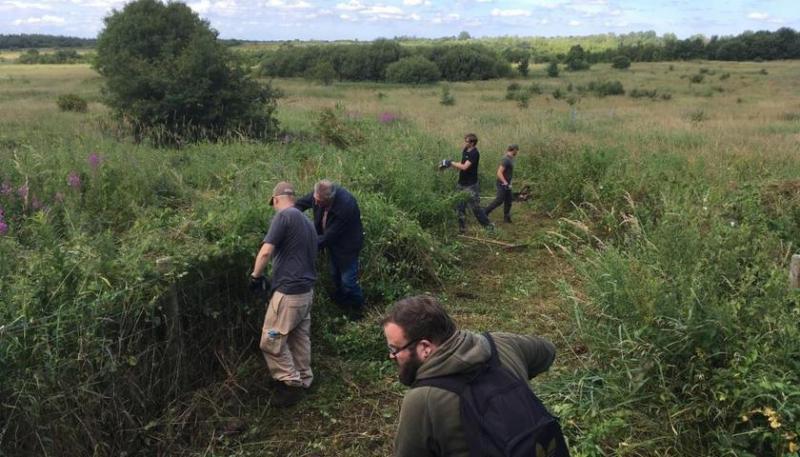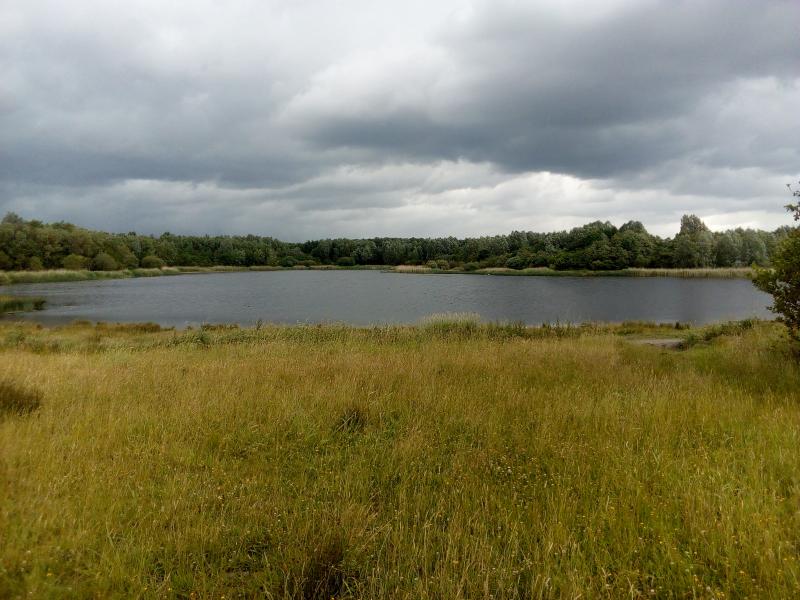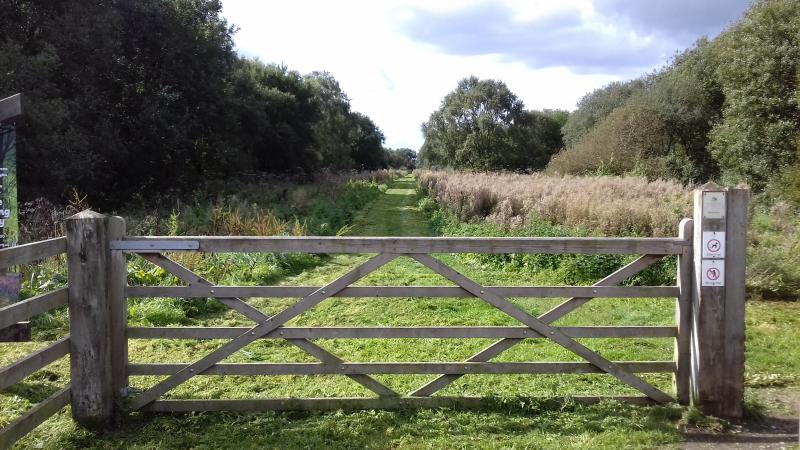Picnic tables
Pennington Flash
Woolston Park
Enjoy the Wildlife Rubbings Trail denoted by the orange markers.
The Park is owned by Warrington Council and has an active Friends Group
Pennington Flash to Bickershaw
Bickershaw Country Park - Part of the Flashes National Nature Reserve
Bickershaw Country Park is one of the clusters of sites that is part of the Flashes of Wigan and Leigh National Nature Reserve, located between Bickershaw village and Westleigh on the former Bickershaw Colliery. It is a 247-hectare haven for wildlife, comprising of extensive grasslands, woodlands, and scrubland.
Boasting 8 km of surfaced footpaths, with an additional 7km of unsurfaced paths, it has a number of large water bodies including “slow the flow” meandering wetland areas devoted to natural flood alleviation to local properties.
Wildlife highlights include...
Pennington Flash - Part of the Flashes National Nature Reserve
Pennington Flash is the most southerly of the clusters of sites that is part of the Flashes of Wigan and Leigh National Nature Reserve (NNR). Pennington Flash is an iconic wildlife site for the people of Leigh, with 200 hectares of open water surrounded by fen, reedbed, scrub and woodland. Like much of Wigan and Leigh the reserve was formed as a result of coal mining subsidence.
Over 230 species of bird have been recorded including with black-faced bunting, nightingale, cattle egret, whiskered tern and Leach’s petral. Leigh Ornithological Society...
Low Hall - Part of the Flashes National Nature Reserve
Low Hall is a well-loved smaller site that is part of the Flashes of Wigan and Leigh National Nature Reserve (NNR). It is particularly well served with art trails, sculptures and benches. Known locally as “Sammy’s Flood” it comprises of lots of hidden surprises including open water, swamp, scrub and woodland.
Wildlife highlights include the rare white letter hairstreak butterfly (which specialises on elm trees) and the grizzled skipper, which is more typical of a southern chalklands than a northern urban nature reserve. You can also see kingfisher, water rail, dragonflies and...
Amberswood - Part of the Flashes National Nature Reserve
Amberwood is the most north easterly of the clusters of sites that is part of the Flashes of Wigan and Leigh National Nature Reserve (NNR). It a 160-hectare wetland mosaic consisting of a lake and a series of smaller ponds and lowland raised bog, linked by ditches and streams and interspersed with species-rich grassland and woodland.
It formed after open cast coal mining and wildlife highlights includes the elusive water vole which takes advantage of the ditch network. It is a great strong hold for amphibians with frogs, toads and common newts and new ponds have been created to...
Woolston Eyes (by appointment only)
The Woolston Eyes Conservation Group, a voluntary organisation formed in 1979, manages the rich and varied wildlife of the deposit grounds with the agreement of the Manchester Ship Canal Company, owners of the land.
The four beds at Woolston Deposit Grounds are designated as internationally important Special Area for Conservation (SAC) and are managed as a nature reserve. Parts of the site are still in use to accommodate dredging from the Manchester Ship Canal.
Woolston Eyes is home to a variety of wetland habitats, including wet...
New Moss Wood
Within walking distance of Irlam Train Station, The Station Irlam – Train Station, Restaurant, Bar & Events and heritage museum, New Moss Wood began life as a bog, was drained, became a place for the Victorian night soil of Manchester, a post-war vegetable farm, a woodland planted in 1998/99 and in 2020 had a rewetting programme with a mini moss created.
A metal art gateway welcomes you and was designed by the children of Cadishead Primary school. On site there are a few hidden adventure balance beams, a poetry podcast trail...










